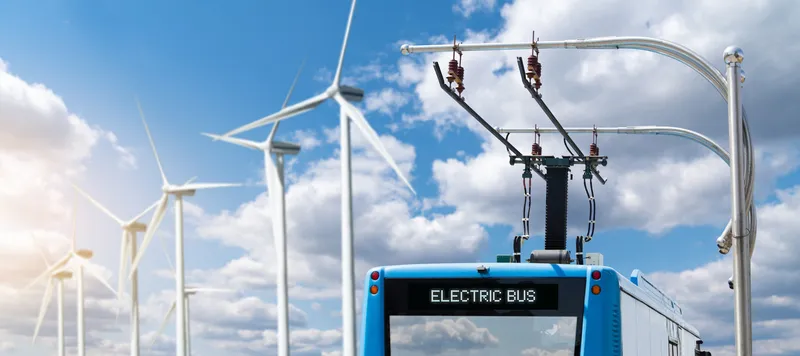
Four congressional US Democrats have unveiled a bill that would invest $500 billion over the next decade to electrify public transportation.
The Build Green Infrastructure and Jobs Act would include plans to electrify cars, buses and trains.
A statement issued by the senators' website says the act would expand clean mass transit to underserved communities and reduce carbon emissions by an estimated 21.5 million metric tonnes of carbon dioxide annually.
According to the statement, it would prevent an estimated 4,200 deaths annually by reducing sources of air pollution that can cause health conditions like asthma.
The act would also dedicate at least 40% of all funding to projects in disadvantaged communities while also creating up to one million jobs.
US senator Elizabeth Warren (Massachusetts) says: “The Build Green Infrastructure and Jobs Act will make the big federal investments necessary to transform our country’s transportation system, confront the racial and economic inequality embedded in our fossil fuel economy and achieve the ambitious targets for 100% clean energy in America.”
A Data for Progress survey of 1,199 likely voters found 57% support for the build green proposal.
Other Democrats involved in the bill include congressman Andrew Levin (Michigan 9th district), senator Edward J. Markey (Massachusetts 7th district) and congresswoman Alexandria Ocasio-Cortez (New York's 14th district).
The act is endorsed by the League of Conservation Voters, Natural Resources Defense Council and environmental organisation 350.org.
Natalie Mebane, US policy director at 350.org, says: “Transportation represents about 29% of US emissions. We can make huge progress in lowering our greenhouse gas emissions by electrifying the transportation sector and ensuring that it is powered by 100% clean energy.”










